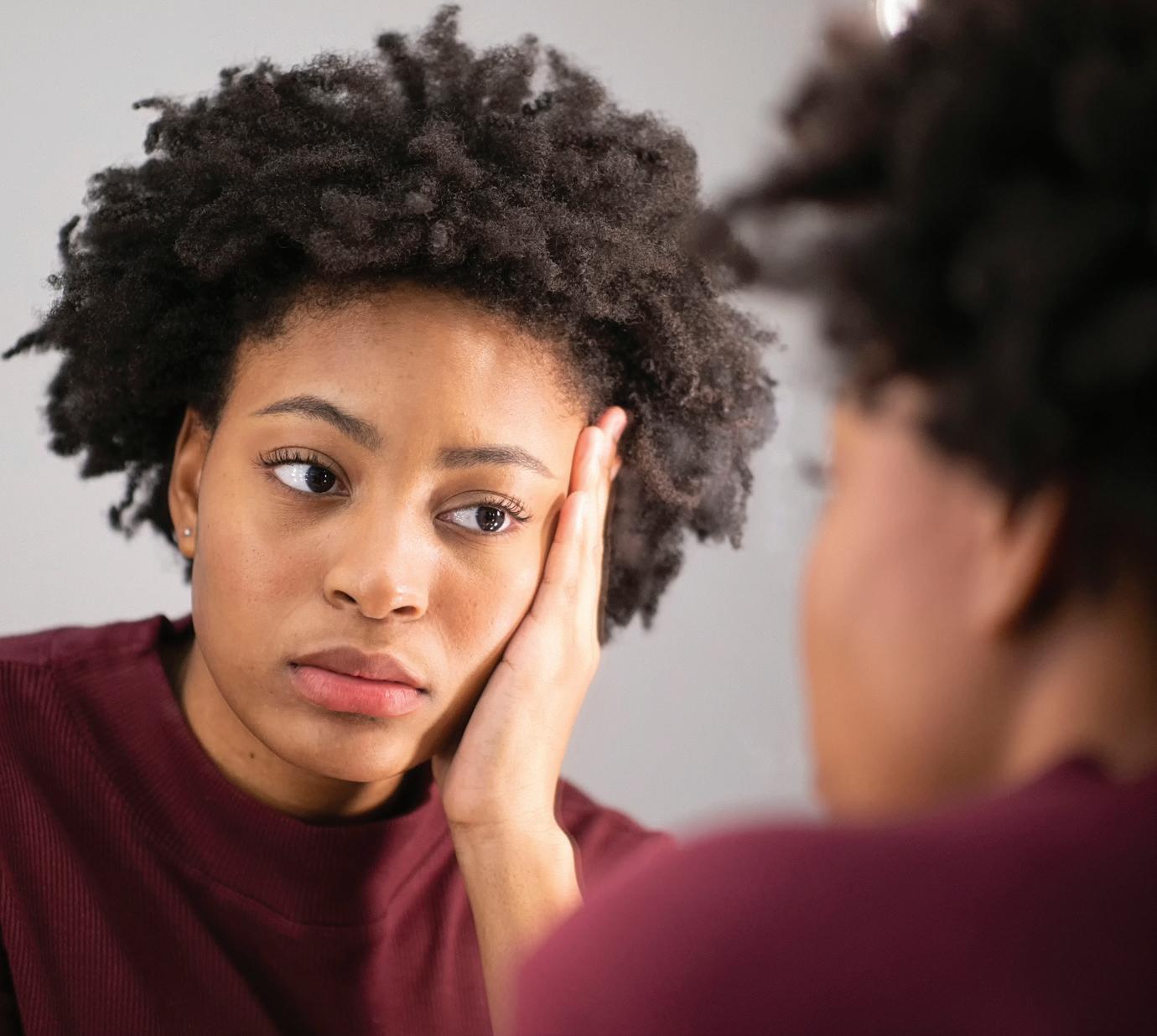FILL E R FACTS
Defining Dermal Fillers Get the lowdown from the experts on what dermal fillers are and how they can help you rejuvenate and beautify your face You may not have even heard of dermal fillers a few years ago. When reality-TV star Kylie Jenner opened up about getting lip fillers in 2015, it led to a surge of enquiries from the public wanting to learn more about how they might benefit from the treatment. The popularity of dermal fillers has since skyrocketed worldwide, with social media, celebrity influence and more accessibility to treatment for the general population driving this trend. But what actually are dermal fillers, and should you consider getting them? We spoke to the experts, who have been injecting filler ever since it came to the market more than 25 years ago!
What are dermal fillers? In simple terms, nurse prescriber Sharon Bennett explains that dermal fillers are gel implants, which can be injected into the skin by a medical professional using a needle. “They can be used in many different ways such as to lift and smooth lines and wrinkles, replace volume loss as a result of ageing, to shape the skin and enhance certain areas, to hydrate the face, or even to help scarring,” she explains. Dermal fillers fall into two groups – temporary and semi-permanent – and consultant plastic, reconstructive and aesthetic surgeon Mr Dalvi Humzah says that temporary fillers are most popular because they contain the ingredient hyaluronic acid (or HA) which can be removed more easily compared to semi-permanent fillers. “Many people describe dermal fillers as ‘fake’ but, actually, most contain HA, which is a fluid that naturally occurs in the human body between our cells and can even be found in areas like our bone joints. The HA in dermal fillers is slightly different to the HA found in our bodies as it is synthetically made and modified in the laboratory so that it can last longer after it has been put in,” he says. Depending on how the HA is modified, it can last anywhere between 3-18 months once injected, Mr Humzah adds. 8
beyondbeautylive.com
Mr Dalvi Humzah,
Sharon Bennett,
consultant plastic, reconstructive and aesthetic surgeon, London, Halesowen, Gloucester & Wolverhampton
aesthetic nurse prescriber, Harrogate IG: @sharonbennettskin
IG: @pdsurgery
How can dermal fillers benefit you? No one necessarily needs dermal fillers, nurse Bennett emphasises, but women and men of all ages and ethnicities may benefit from them in some way. She says, “Dermal fillers are most commonly used to treat the signs of ageing and can improve skin quality and fight lines, which usually creep in by your late 20s or early 30s. They can also restore volume loss, which is something you might start to see in your 30s or 40s. Dermal fillers are good for preventative ageing or ‘prejuvenation’ and can be used to spark collagen synthesis, allowing skin to remain smooth.” But, of course, it’s not just those showing signs of ageing who may benefit from the treatment, nurse Bennett says. “The intent for younger people














